What a great idea that was in the early 80s. If there is left over wood, or any material with caloric value, why would a power plant not combust it with their coals and make electricity out of it? Thus, you save coals, and that wood would rot anyway. So, this saves Carbon Dioxide!
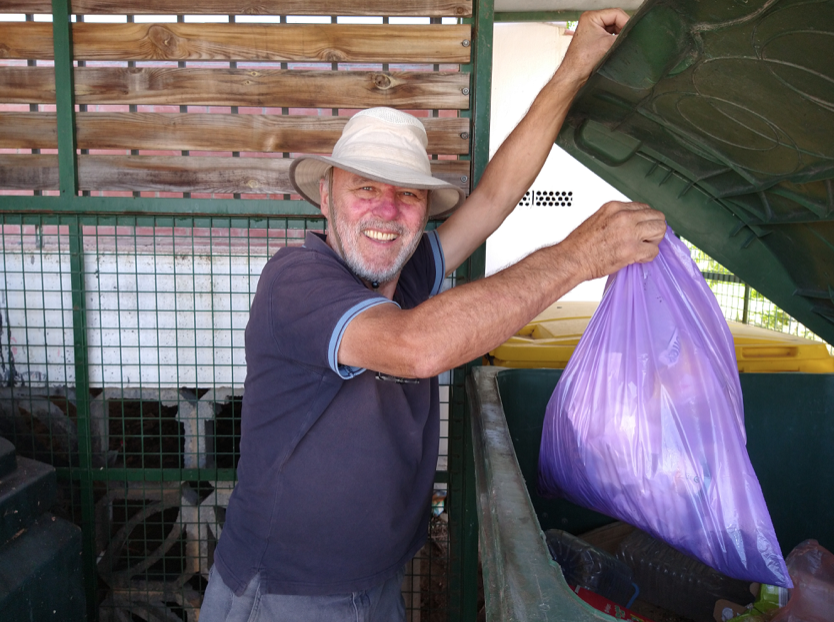
What a great idea! It is good for the environment! They called it Biomass. Mass, because it can be anything, and you put bio before it, because it is good.
The French and British coal power plants started with it. Yes, it worked. The unhealthy materials in it was not seen as a problem. Many emissions were even lower than when 100% coal was combusted. They got permits to replace it to up to 40% of their coal.
So, the smart guys of the energy industry even asked their government for grants to combust it.
In the 1990’s, also the Dutch power plants started with mixing biomass with their coal. At that time, as an environmental consultant for the energy industry, I was enthusiastic. A coal power plant reducing the coal combustion to 90%, and mixed the other 10% with biomass like wood residue, or animal fats. Ola, 10% CO2 reduction, at once!
And, all that stuff would rot away somewhere – which is also a waste of the precious soil surface in our crowded little country. A great idea, for the whole chain!
In the years from 2000 The European Emissions Trading System (ETS) came. The less a plant emits, the better. So, the power plants needed more biomass. A variety of odd stuff came in. Waste water sludge. Little wooden road posts (along every Dutch road on every 100 meter you see a white post – there are an awful lot of them). Even citrus pellets, transported on big ships from for example South America.
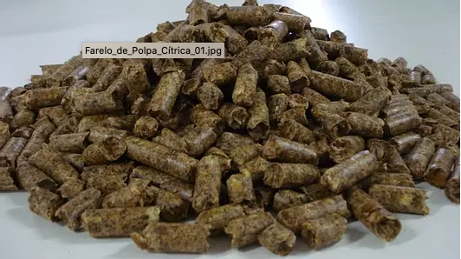
Competition
10 years later waste combustion plants came up. Specialized in household waste, industry waste, actually specialized in everything. The industry became big and competitive. A big waste company advertised with: “Waste does not exist!”. They took all you wanted to get rid of and then they figured out what to do it. It came down to knowing the laws into the very details and working on the edge of what is allowed and what not. Also new companies started, building big incinerators.
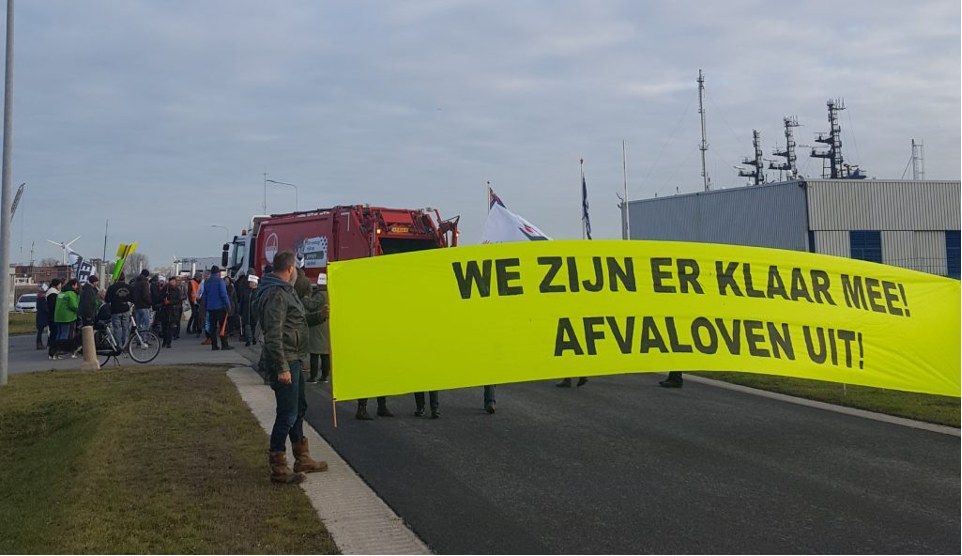
We are thirty years further and the protests grow with the biomass. Since the Paris Treaty on CO2 reduction, many governments are committed to big CO2 reductions. So, they give big grants if you can save a lot of CO2. Well, the big power industry can. They build dedicated biomass electricity plants and the government subsides them with interesting sums. It is that much, that it’s an interesting business. So, the power plants let the Biomass (mostly wood) come from anywhere. It is worth the transport.
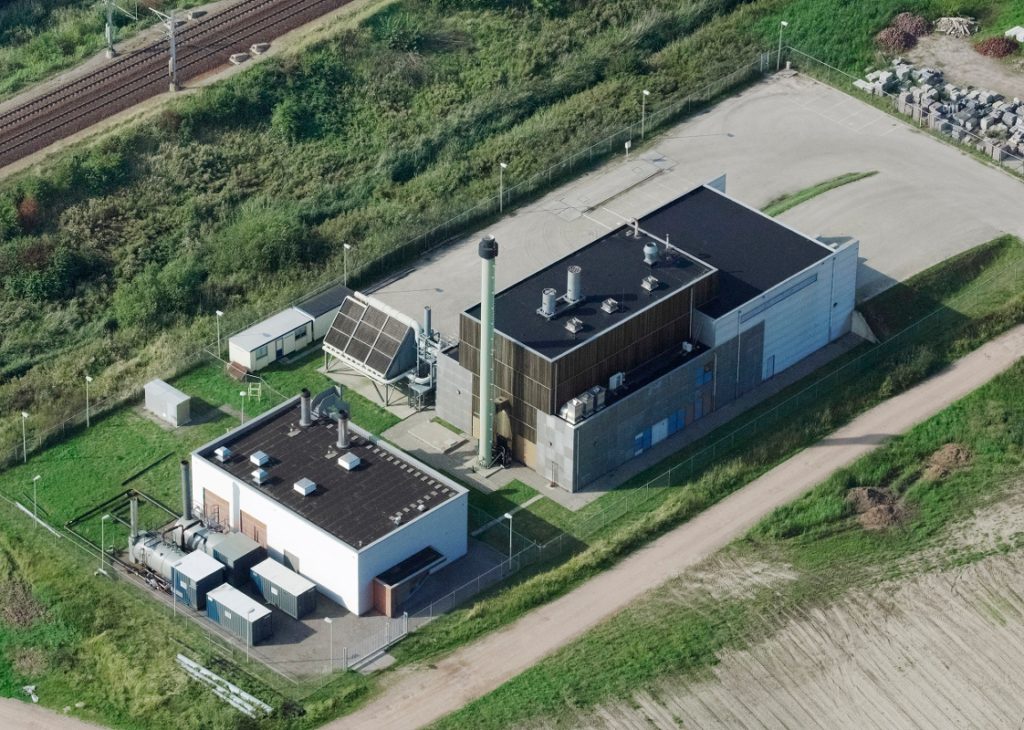
The more biomass, the bigger the protest mass.
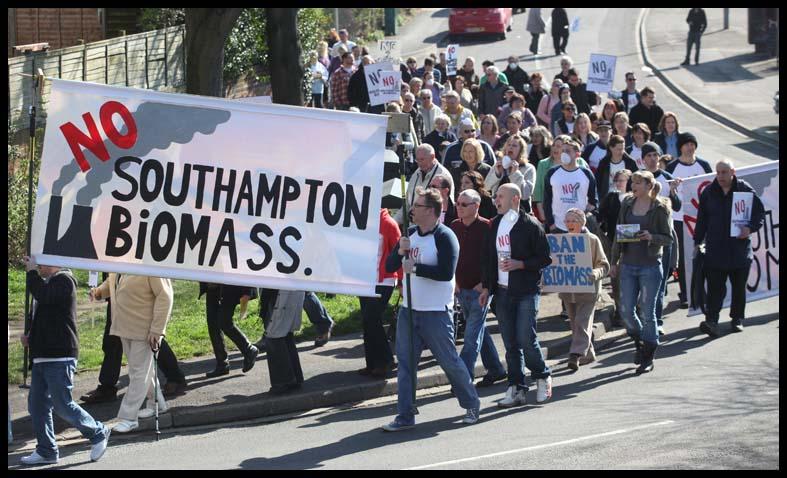
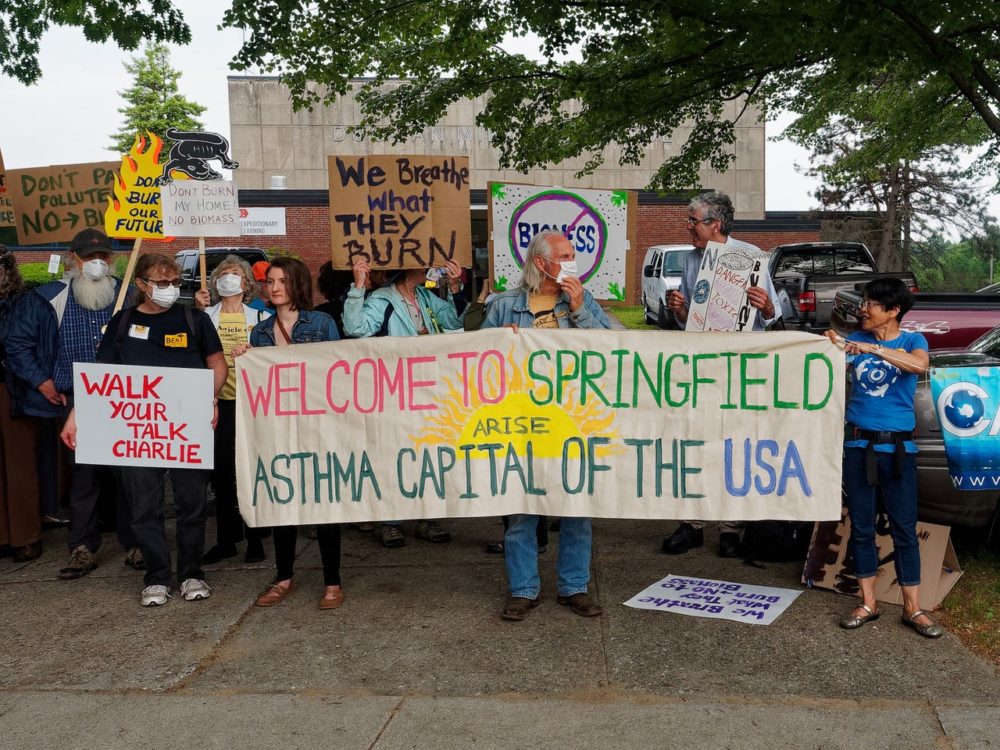
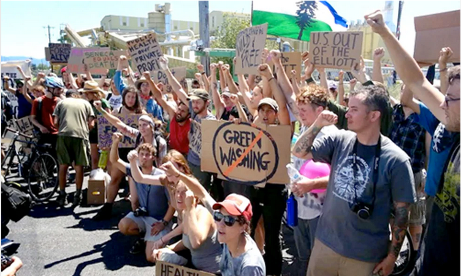
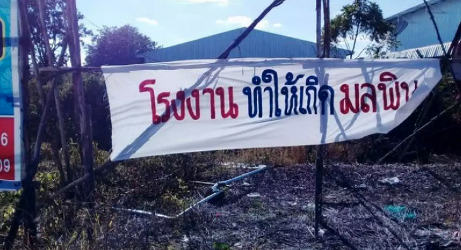
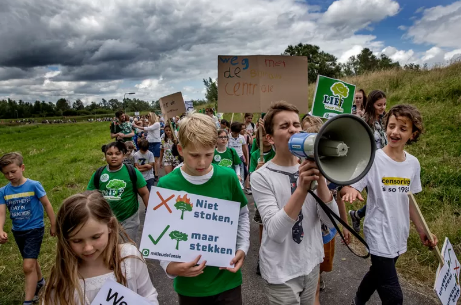
This good idea of saving CO2 by biomass is implemented on such a scale, that it turned into a wrong good idea.
